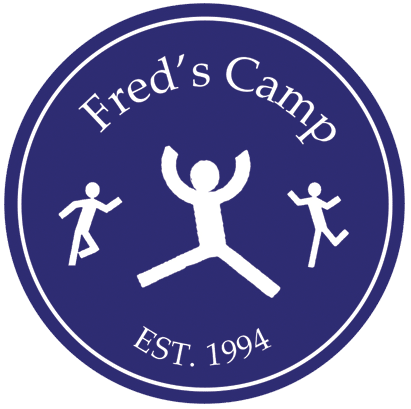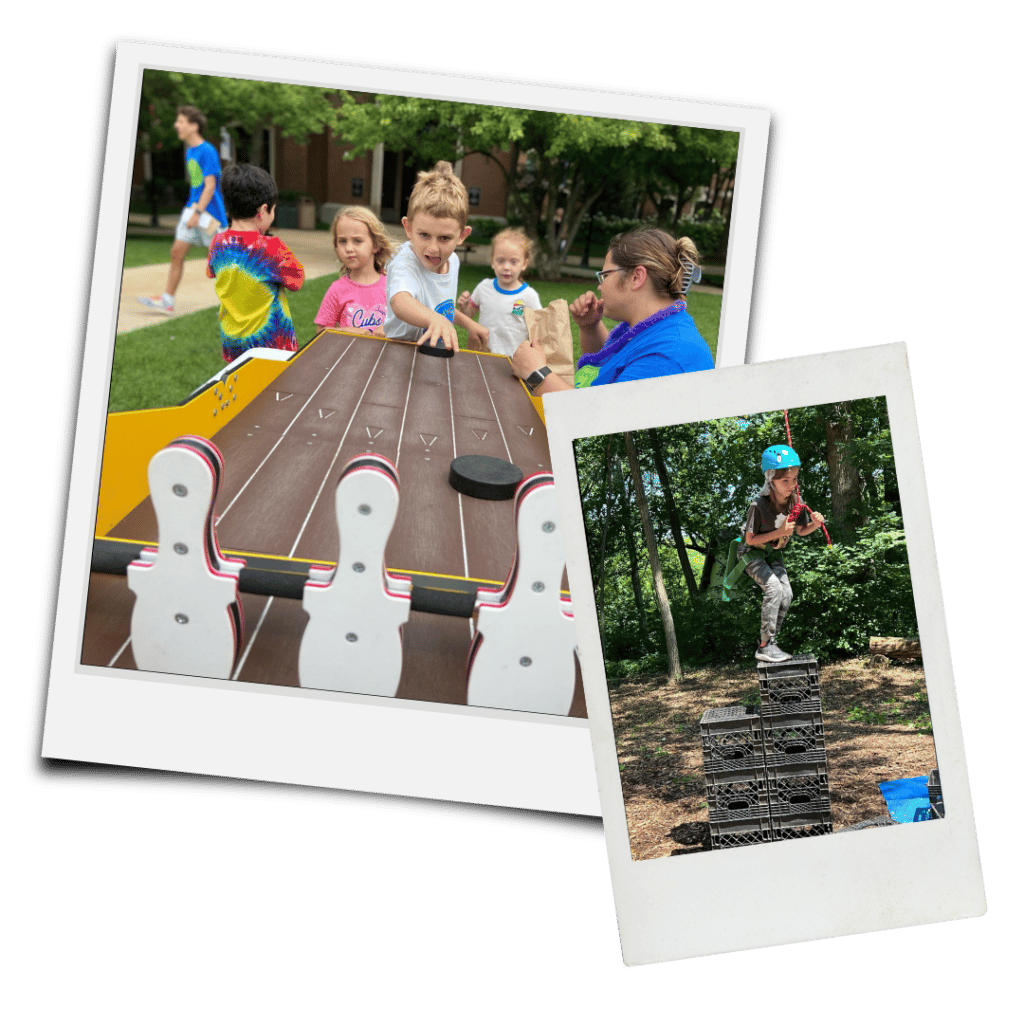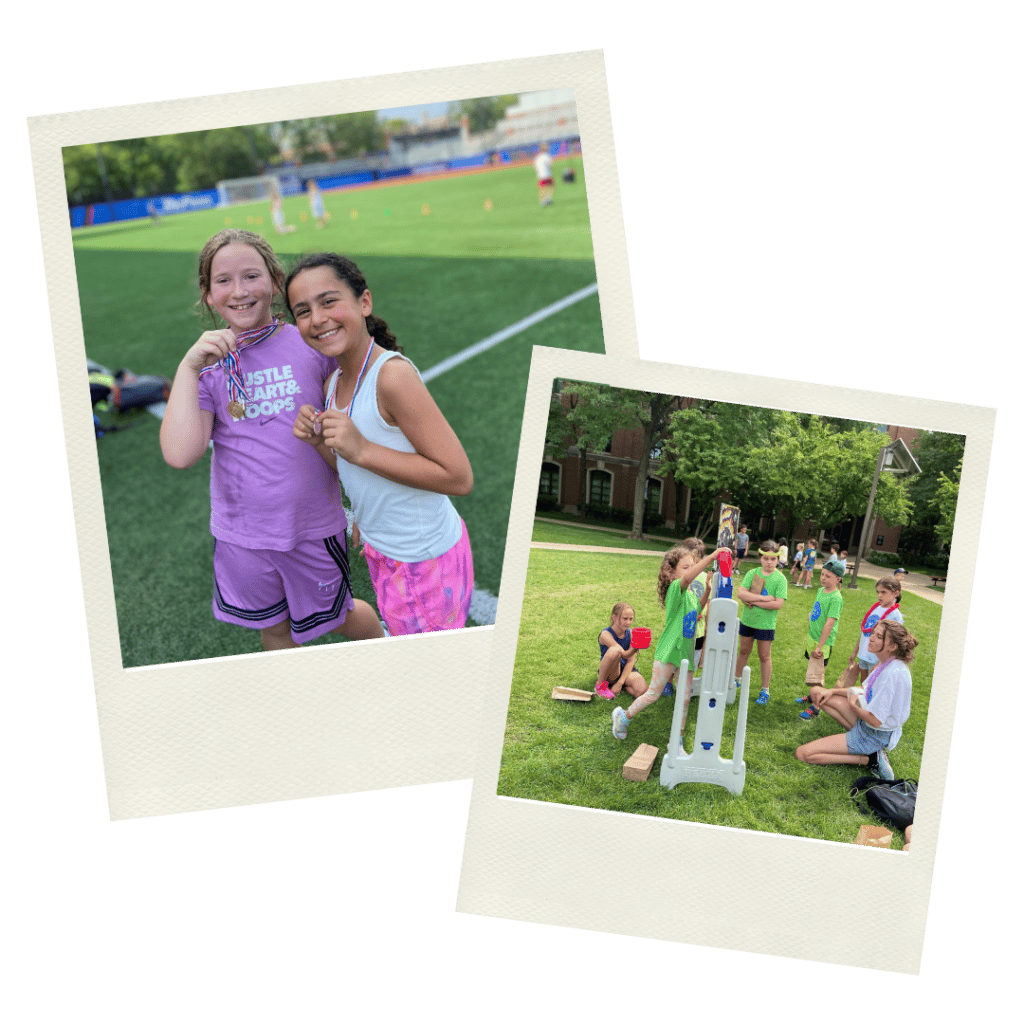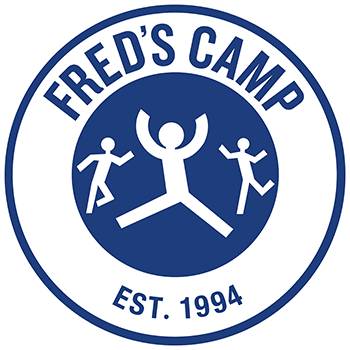Level 1: Introduction to Water Skills
Objective:To help students feel comfortable in the water and to enjoy the water safely
Skills Covered: Entering and exiting the water safely, learning to submerge mouth, nose and eyes and breath control, front and back float and recovering to a stand, changing direction in the water, swimming 5 feet on front and back.
Level 2: Fundamental Aquatic Skills
Objective:To give students success with fundamental skills
Skills Covered: Entering water by stepping or jumping in from the side, submerging entire head, blowing bubbles, open eyes underwater, front and back glide, swim 15 feet on front and 10 feet on back, swim on side, use of life jacket.
Level 3: Stroke Development
Objective:To build on skills in Level 2 through additional guided practice
Skills Covered: Jump into deep water, head first entry from sitting or kneeling, submerging and retrieving an object, bobbing, survival float for 30 seconds, treading water for 30 seconds, front crawl 15 yards, butterfly 15 feet, back crawl 15 yards, elementary rescues, safe diving, check-call-care.

Level 4: Stroke Improvement
Objective:To develop confidence in the strokes learned thus far and to improve other aquatic skills by increasing endurance through swimming greater distances
Skills Covered: Diving, underwater swimming, feet first surface dive, 1 minute of survival floating, treading and back floating, 25 yards of front crawl, breaststroke and back crawl, 15 yards of butterfly and elementary backstroke and sidestroke, compact jump from height in a lifejacket, throwing assists and caring for conscious choking victim.
Level 5: Stroke Refinement
Objective: Coordination and refinement of strokes
Skills Covered: Shallow dive, tuck and pike surface dives, 2 minutes of survival floating, back float and treading water, flip turns on front and back, 50 yards front and back crawl, 25 yards butterfly, breaststroke, elementary backstroke and sidestroke, 2 minutes of survival swimming, rescue breathing.
Level 6: Swimming and Skill Proficiency
Objective: Refine strokes so students swim them with more ease, efficiency, power and smoothness over greater distances; includes "menu options" Personal Water Safety, Fitness Swimmer and Fundamentals of Diving.
Skills Covered: 500 yards continuous swim using 100 yards each of front & back crawl, 50 yards each of breastroke, elementary backstroke, sidestroke & butterfly and 100 yards choice of any of those strokes, survival floating and back floating 5 minutes each, Cooper 12-minute swim test.



